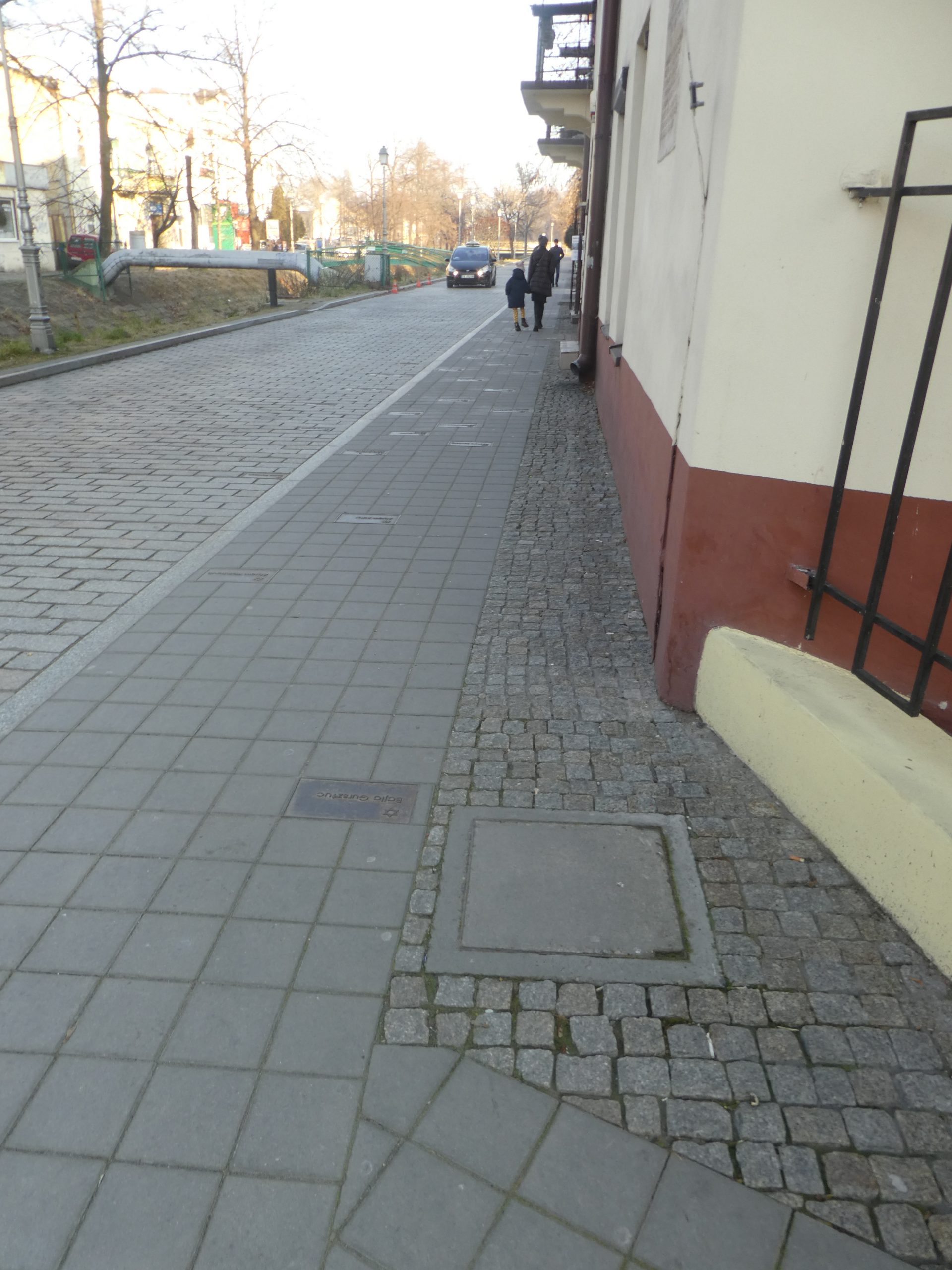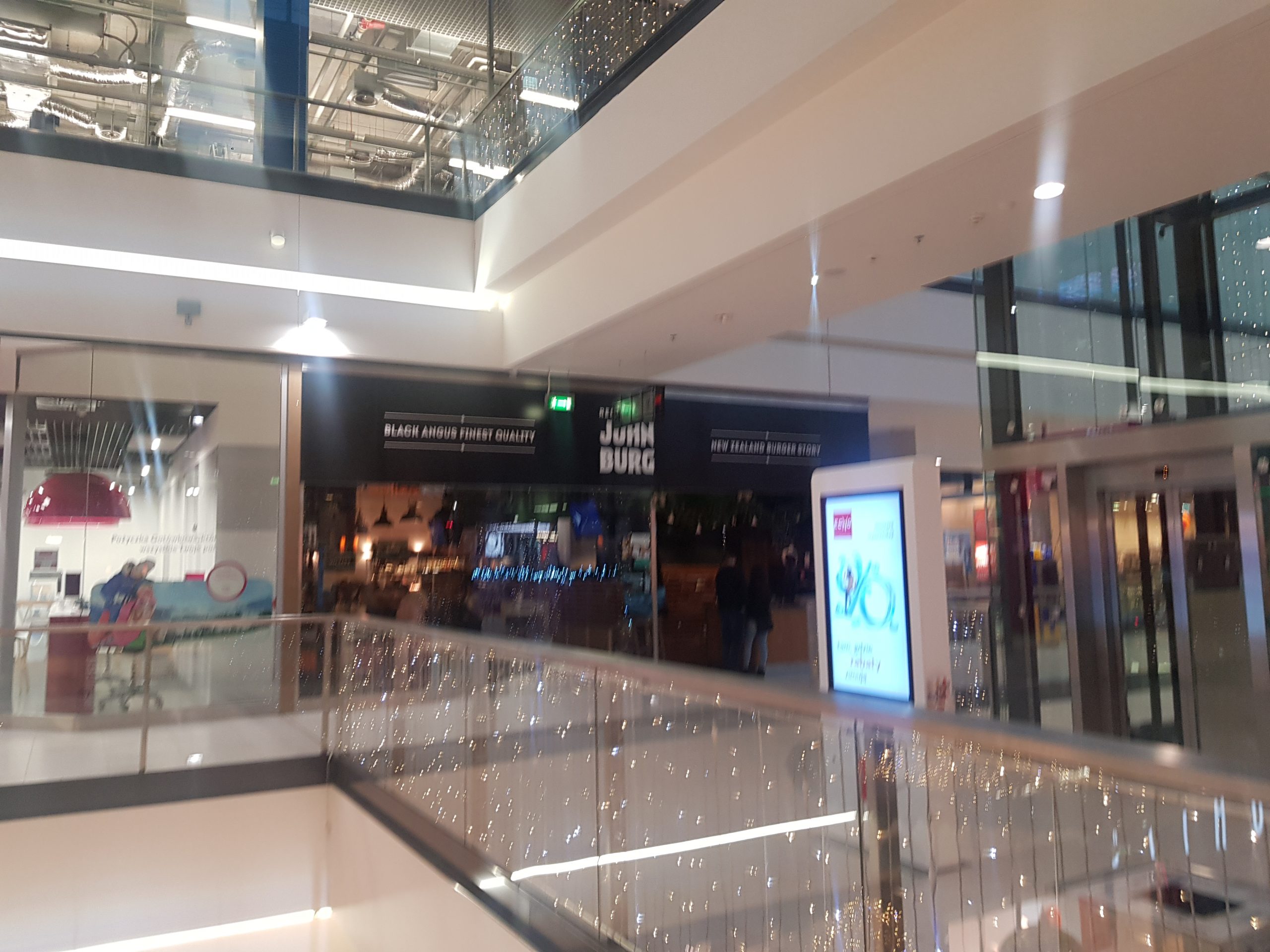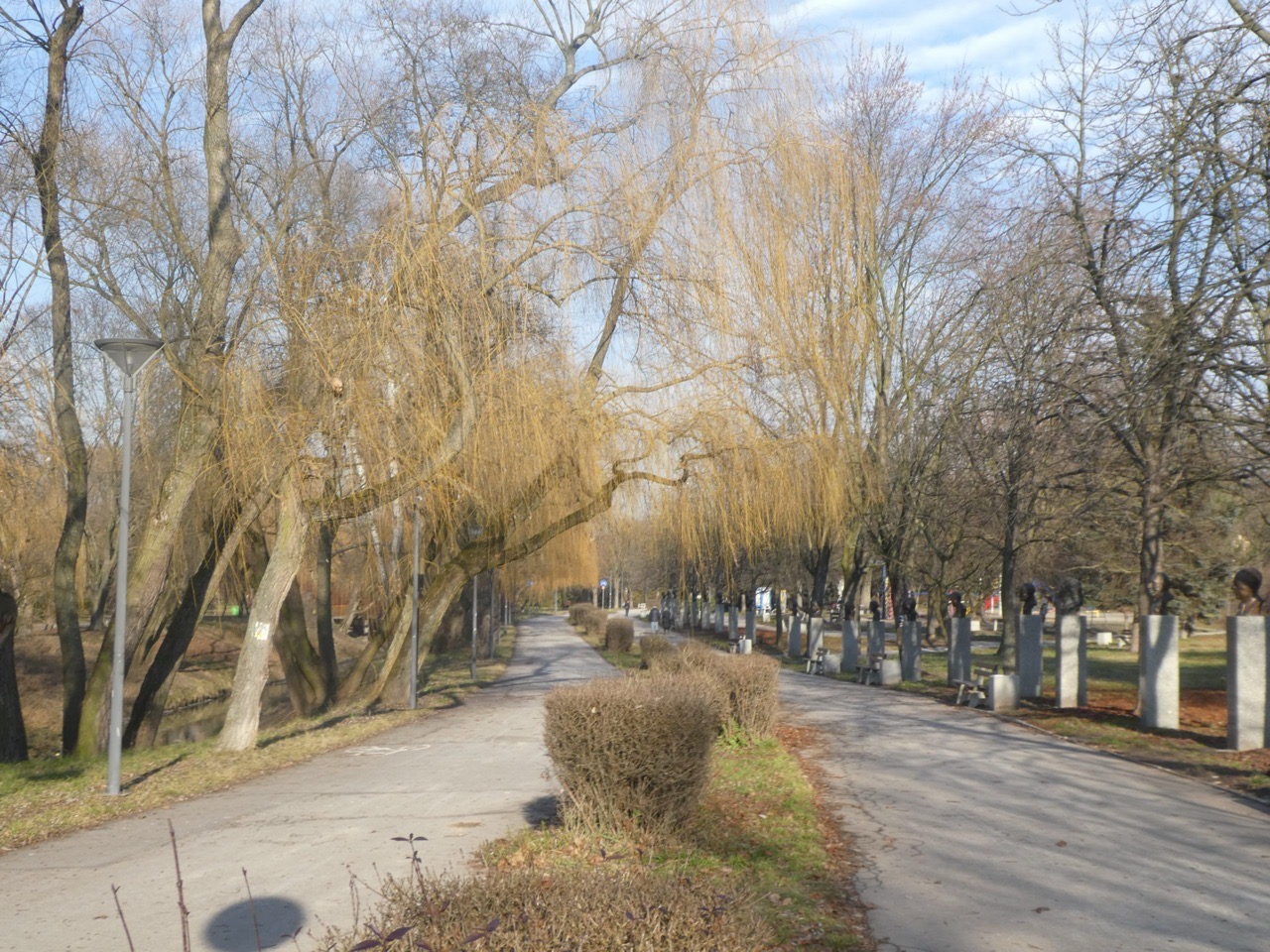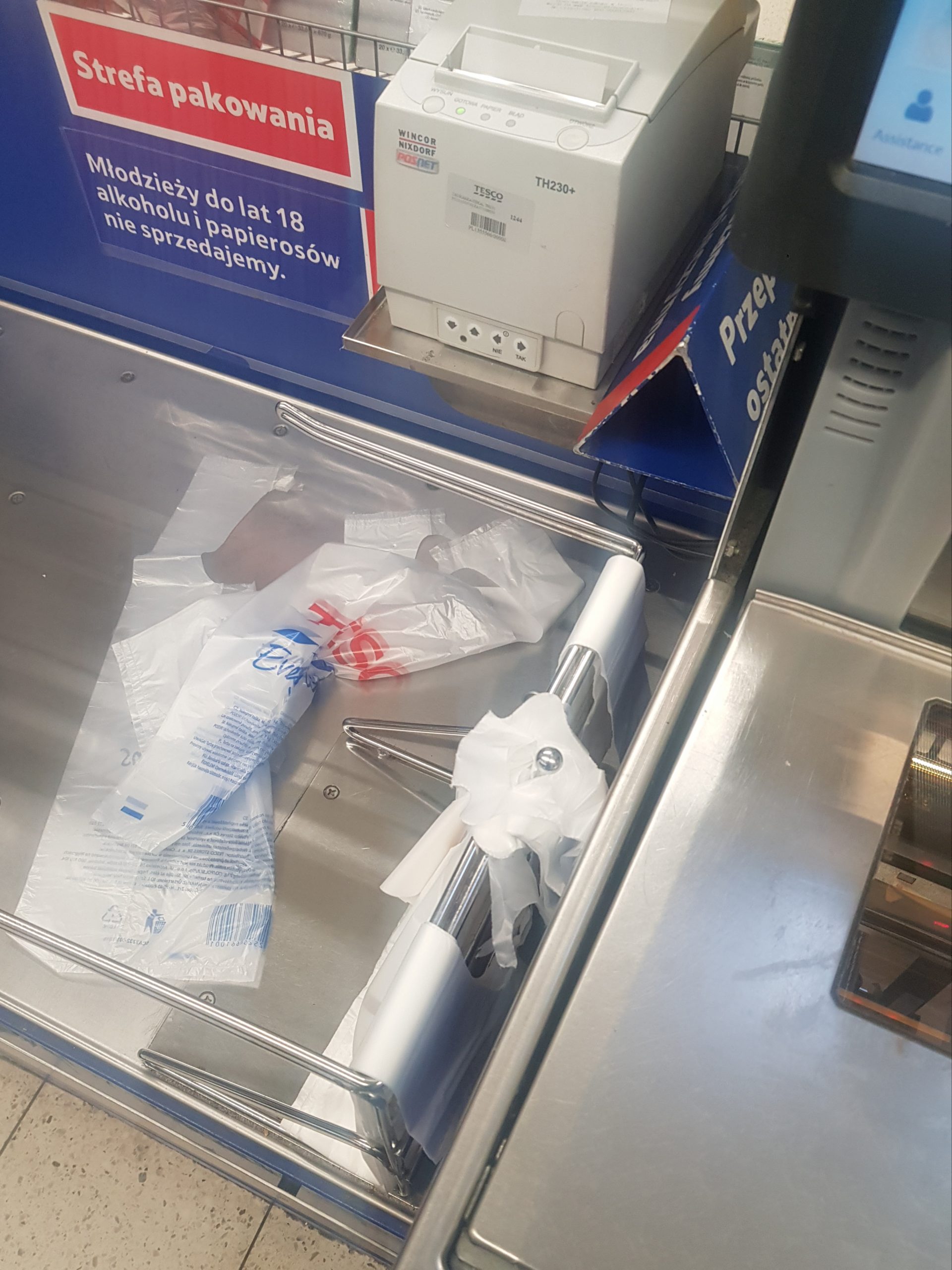Kielce – Stumbling Stones
I’ve written about stumbling stones before, or Stolperstein, which are located throughout Germany, as well as in Poland, France, the Netherlands, the Czech Republic and other countries. They’re usually cubes made of concrete with a brass inscription, which has the name of the Jew or Jews who were killed in the property which they’re located outside of.
Here they have a different concept from in many other countries, as although they represent a similar meaning of where Jews were killed, these poor souls were killed after the Second World War. These memorial stones are located on a stretch of pavement outside ul. Planty 7, which is where 42 Jews were killed in a pogrom on 4 July 1946.
In short, not many Jews returned to Kielce after the end of the Second World War, about 200 people out of a pre-war Jewish population of 20,000. Those who came back tried to rebuild their community, but an allegation was made that the Jews had taken a child and hidden him in the basement. The child in question had actually sodded off berry picking and the Jewish community had done nothing wrong. They tried to reason and although the Polish police initially refused to believe the story being told to them by the drunken father of the child, things escalated and the Jews were attacked. 42 Jews died and a similar number were injured, with this having devastating effects on the Jewish community across Poland, many of whom now felt entirely unsafe. It also tarnished the reputation of Kielce for decades, a mindless attack on the already decimated attack on the Jewish community upset many in the country.
Anyway, here is the memorial which has been built for them, so that the names of at least some of the Jews who died won’t be forgotten.






